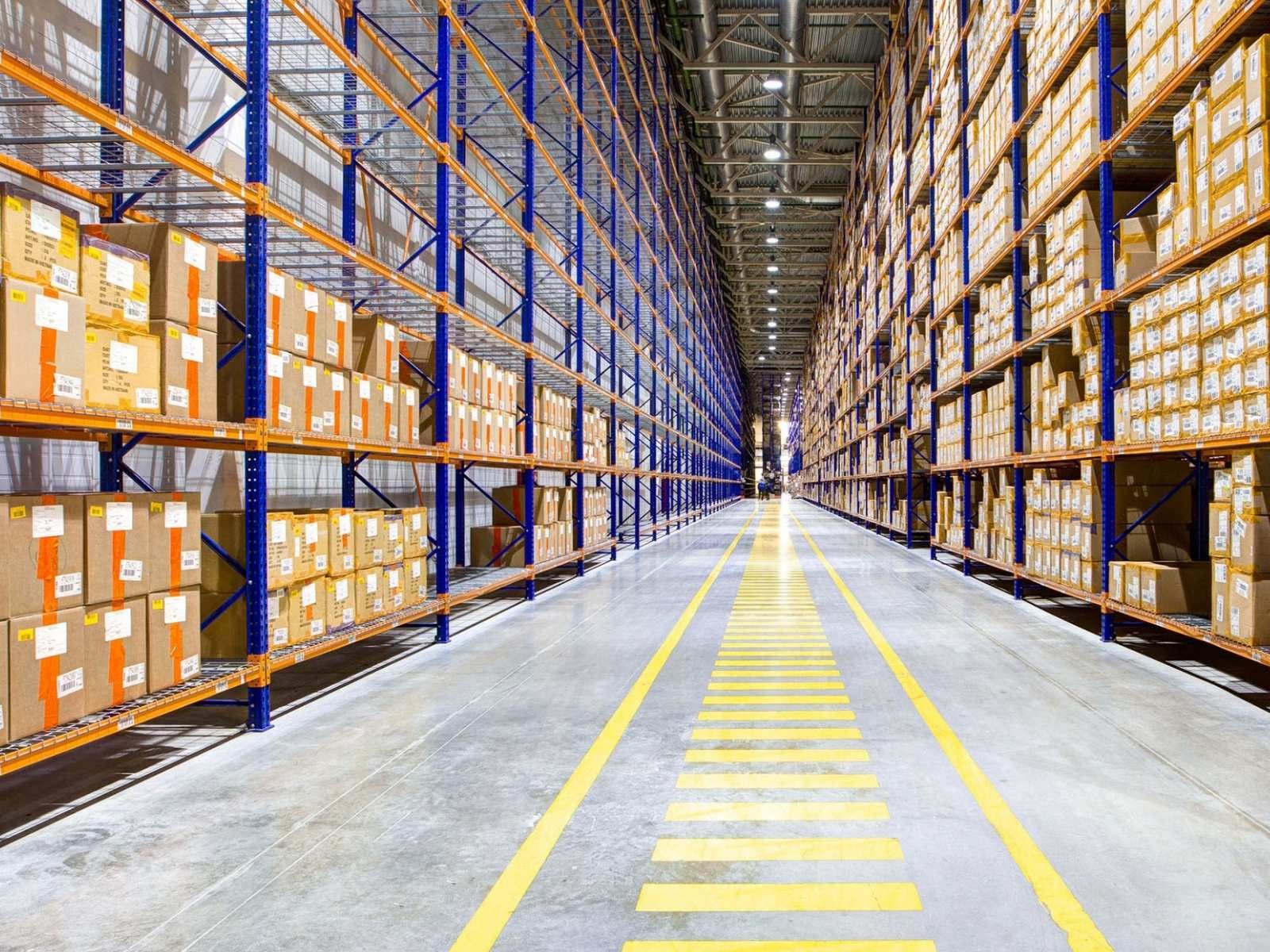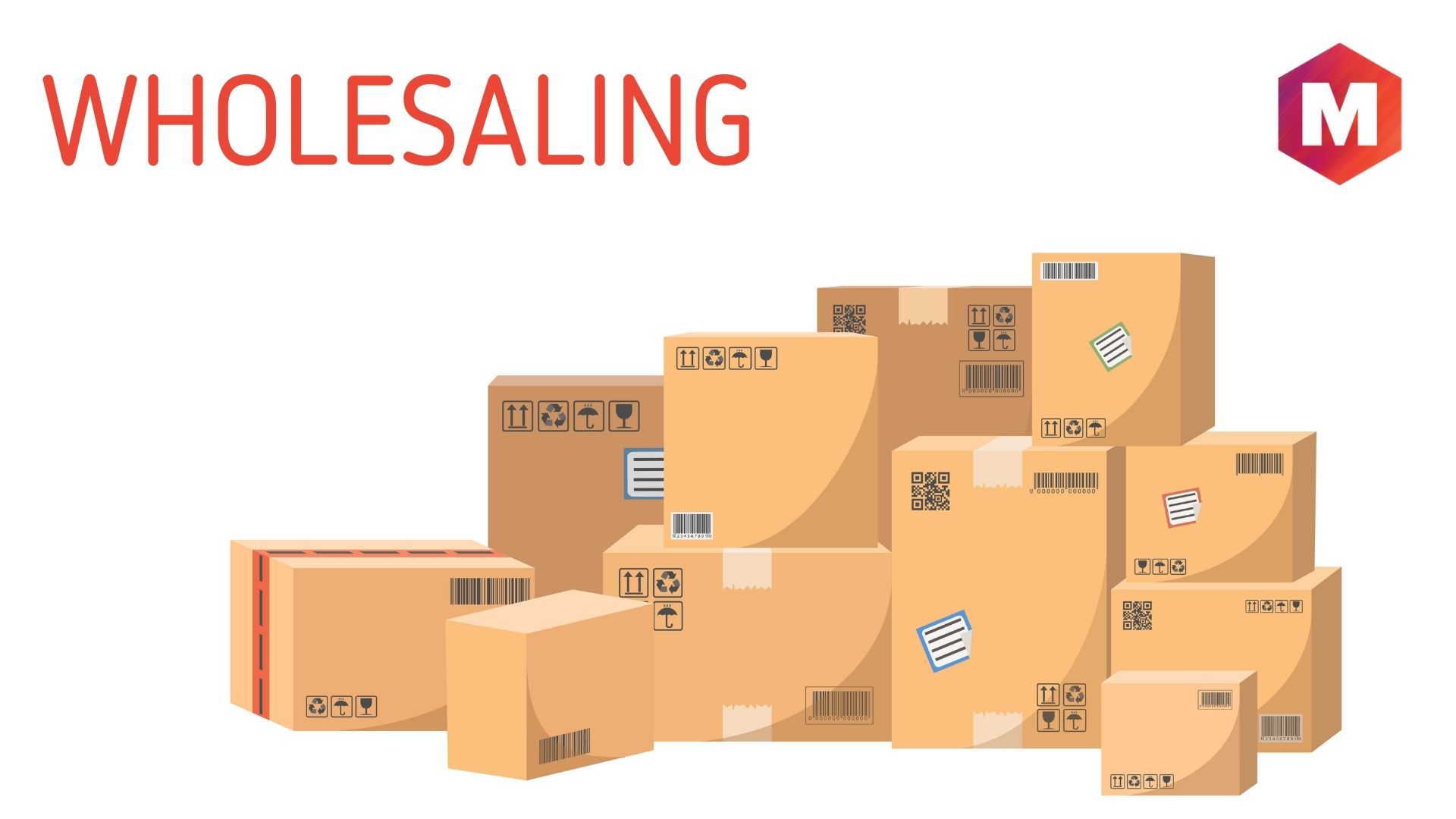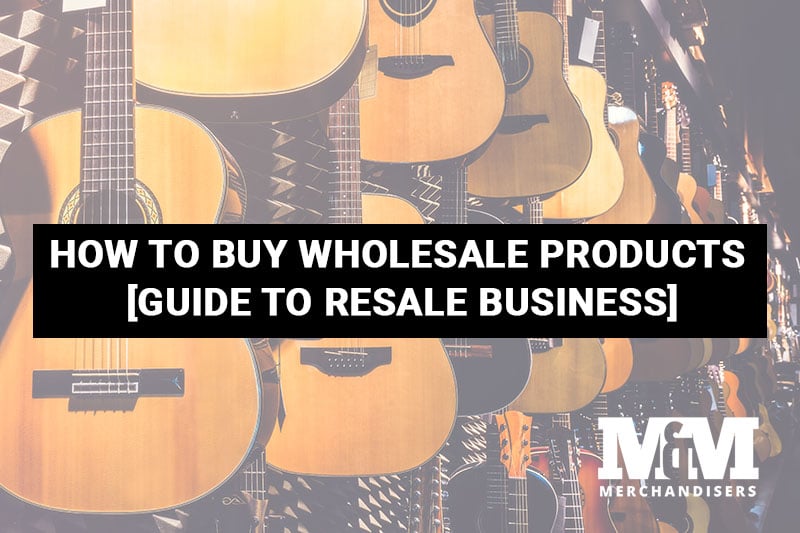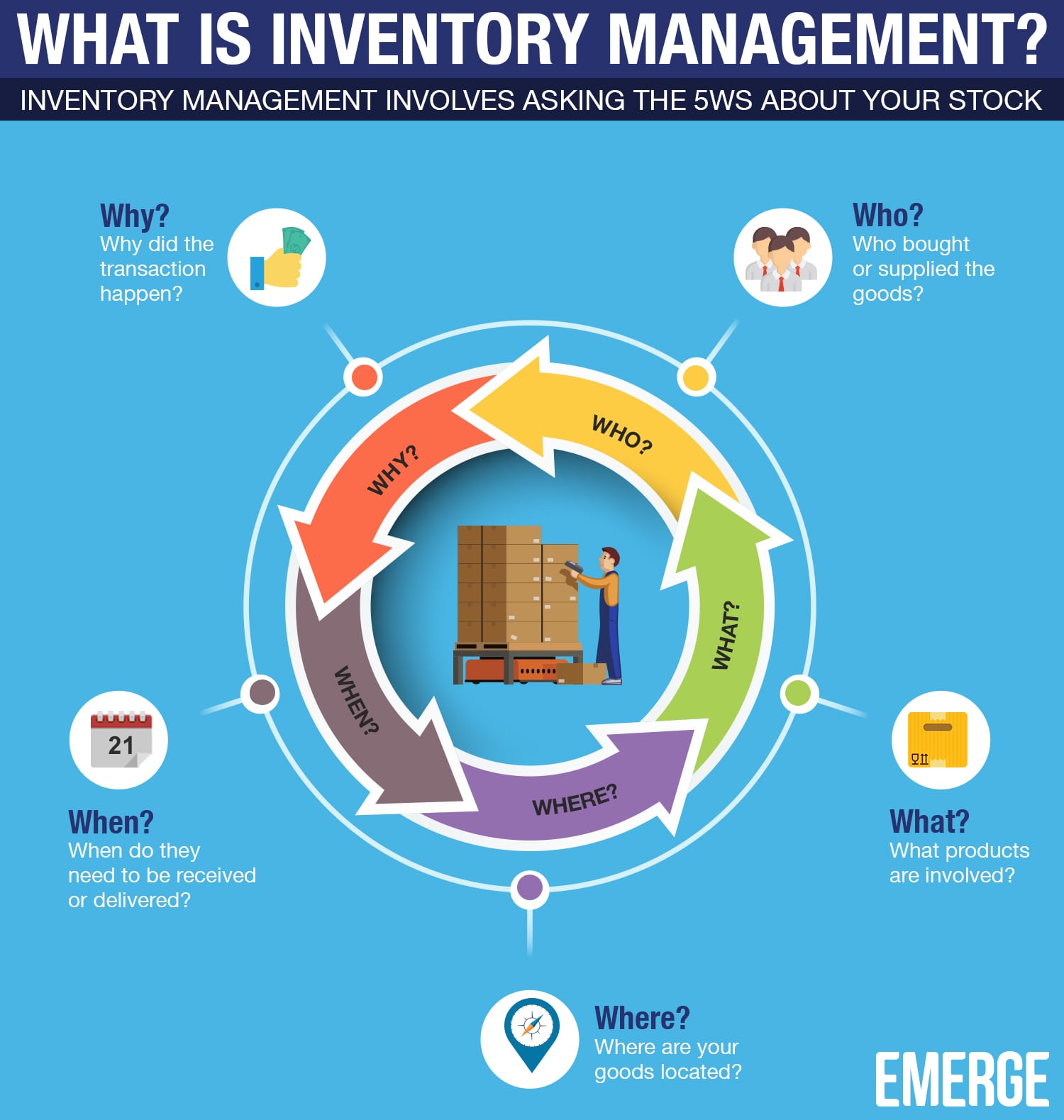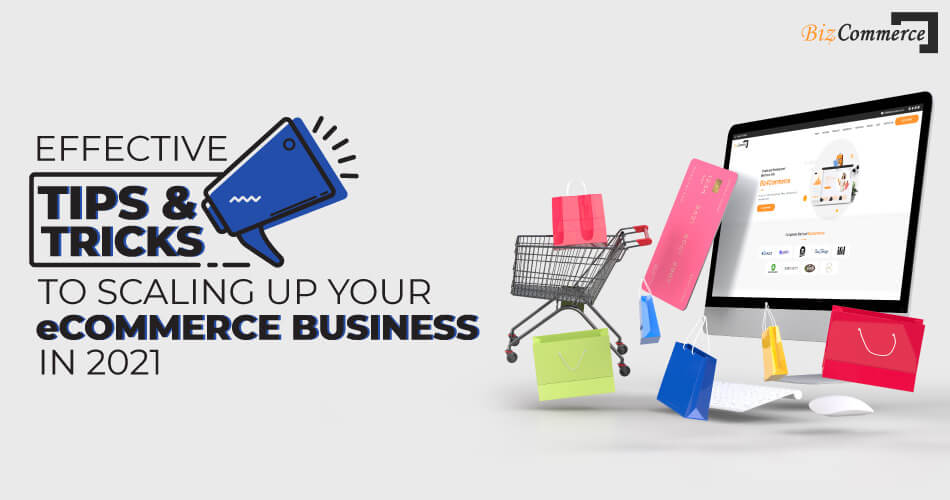Why Buying Wholesale is a Game-Changer for Online Sellers
Buying wholesale for resale online is a strategic move that can significantly boost an online seller’s profit margins, competitive pricing, and access to a wider range of products. By purchasing products in bulk, online sellers can reduce their costs per unit, enabling them to offer competitive prices to their customers while maintaining healthy profit margins. This, in turn, can help online sellers stay ahead of the competition and establish a strong presence in the market.
One of the primary benefits of buying wholesale is the ability to negotiate better prices with suppliers. When purchasing in bulk, online sellers can often secure lower prices per unit, which can lead to increased profit margins. Additionally, buying wholesale provides online sellers with access to a wider range of products, enabling them to offer a more diverse selection to their customers.
Moreover, buying wholesale can help online sellers to better manage their inventory levels. By purchasing products in bulk, online sellers can reduce the need for frequent reordering, which can save time and money. This, in turn, can enable online sellers to focus on other aspects of their business, such as marketing and customer service.
However, buying wholesale for resale online requires careful planning and research. Online sellers need to ensure that they are purchasing products from reputable suppliers, and that they are getting the best possible prices. This requires a thorough understanding of the market, as well as the ability to negotiate effectively with suppliers.
By following these tips and strategies, online sellers can unlock the secrets of buying wholesale for resale online. Whether you’re just starting out or looking to expand your existing business, buying wholesale can be a game-changer for your online sales. With the right approach, you can increase your profit margins, improve your competitive pricing, and establish a strong presence in the market.
Understanding Wholesale Pricing and Its Impact on Your Business
When it comes to buying wholesale for resale online, understanding the different types of wholesale pricing models is crucial for making informed purchasing decisions. Wholesale pricing models can vary depending on the supplier, product, and industry, but there are several common types that online sellers should be aware of.
Bulk discounts are a common wholesale pricing model, where the supplier offers a discounted price for large orders. This can be a great way for online sellers to save money on their purchases, but it’s essential to calculate the total cost of the order, including shipping and handling fees, to ensure that the discount is worth it.
Tiered pricing is another type of wholesale pricing model, where the supplier offers different prices for different quantities of the same product. For example, a supplier may offer a lower price for orders of 100 units or more, and a higher price for orders of less than 100 units. Online sellers should carefully review the tiered pricing structure to determine which quantity level is the most cost-effective for their business.
Minimum order quantities (MOQs) are also a common requirement for wholesale suppliers. MOQs specify the minimum quantity of a product that a supplier is willing to sell, and online sellers must meet this minimum to qualify for wholesale pricing. MOQs can vary depending on the supplier and product, so it’s essential to review the supplier’s terms and conditions before making a purchase.
To calculate the total cost of purchasing wholesale products, online sellers should consider the following factors:
- Product cost: The wholesale price of the product, including any discounts or promotions.
- Shipping and handling fees: The cost of shipping the product from the supplier to the online seller’s warehouse or storage facility.
- Storage and inventory costs: The cost of storing and managing the inventory, including warehouse space, equipment, and labor.
By understanding the different types of wholesale pricing models and calculating the total cost of purchasing wholesale products, online sellers can make informed decisions about their purchasing strategy and ensure that they are getting the best possible prices for their business.
How to Find Reliable Wholesale Suppliers for Your Online Business
When it comes to buying wholesale for resale online, finding reliable suppliers is crucial for the success of your business. A reliable supplier can provide you with high-quality products, competitive pricing, and excellent customer service, while an unreliable supplier can lead to delays, defects, and financial losses.
So, how do you find reliable wholesale suppliers for your online business? Here are some tips to help you get started:
Research online directories: There are many online directories that list wholesale suppliers, such as SaleHoo, Worldwide Brands, and Wholesale Central. These directories can provide you with a list of potential suppliers, along with their contact information and product offerings.
Attend trade shows: Trade shows are a great way to meet wholesale suppliers in person and see their products firsthand. You can also ask questions, negotiate prices, and build relationships with suppliers.
Check for certifications and licenses: Look for suppliers that have certifications and licenses from reputable organizations, such as the Better Business Bureau or the International Chamber of Commerce. These certifications can indicate that the supplier is reputable and trustworthy.
Verify a supplier’s reputation: Check online reviews, ratings, and testimonials from other customers to get an idea of a supplier’s reputation. You can also contact the supplier’s references to ask about their experiences.
Check product quality: Make sure to inspect the products before making a purchase. Check for defects, quality, and packaging. You can also ask for product samples to test before making a large order.
Ask about return policies: Find out what the supplier’s return policy is in case you receive defective or damaged products. A reputable supplier should have a clear return policy in place.
By following these tips, you can find reliable wholesale suppliers for your online business and ensure a successful wholesale buying experience. Remember to always research thoroughly, verify a supplier’s reputation, and check product quality before making a purchase.
Negotiating with Wholesale Suppliers: Tips and Strategies
Negotiating with wholesale suppliers is a crucial step in the wholesale buying process. By building strong relationships with suppliers, online sellers can secure better prices, improve product quality, and increase their overall competitiveness in the market.
So, how do you negotiate with wholesale suppliers? Here are some tips and strategies to help you get started:
Build relationships: Building strong relationships with suppliers is key to successful negotiation. Take the time to get to know your suppliers, understand their needs and concerns, and establish a rapport with them.
Ask about discounts and promotions: Suppliers often offer discounts and promotions to loyal customers or those who purchase in bulk. Don’t be afraid to ask about these opportunities and negotiate the best possible price.
Be transparent about your business needs: Suppliers want to work with customers who are transparent about their business needs and goals. Be open about your expectations, and suppliers will be more likely to work with you to meet those needs.
Set realistic expectations: Negotiation is a give-and-take process. Be realistic about what you can expect from your suppliers, and be willing to compromise on certain issues.
Use data and analytics: Use data and analytics to inform your negotiation strategy. Research the market, understand the competition, and use this information to negotiate the best possible price.
Communicate clearly: Clear communication is essential in any negotiation. Make sure to communicate your needs and expectations clearly, and be responsive to supplier inquiries and concerns.
By following these tips and strategies, online sellers can negotiate effectively with wholesale suppliers and secure the best possible prices and terms for their business. Remember to build strong relationships, be transparent about your business needs, and use data and analytics to inform your negotiation strategy.
Product Sourcing Strategies for Online Resale: What to Look For
When it comes to sourcing products for online resale, there are several key factors to consider. By understanding these factors, online sellers can make informed decisions about which products to sell, how to price them, and how to market them to their target audience.
Product demand is one of the most important factors to consider when sourcing products for online resale. Online sellers need to identify products that are in high demand and have a strong potential for sales. One way to do this is to use tools like Google Trends and Amazon Best Sellers to research popular products and trends.
Competition is another key factor to consider when sourcing products for online resale. Online sellers need to identify products that have low competition and high demand. This can be done by researching the market and identifying gaps in the market that can be filled with unique or niche products.
Pricing is also an important factor to consider when sourcing products for online resale. Online sellers need to identify products that can be priced competitively and still generate a profit. This can be done by researching the market and identifying products that have a high price elasticity and can be priced at a premium.
Product quality is also an important factor to consider when sourcing products for online resale. Online sellers need to identify products that are of high quality and will meet the needs of their target audience. This can be done by researching the supplier and reading reviews from other customers.
By considering these factors, online sellers can make informed decisions about which products to sell and how to source them. This can help to ensure a successful online resale business and increase profits.
Some popular tools for product sourcing include:
- Google Trends: A tool that allows online sellers to research popular products and trends.
- Amazon Best Sellers: A tool that allows online sellers to research popular products on Amazon.
- Alibaba: A platform that connects online sellers with suppliers from around the world.
- Thomasnet: A platform that connects online sellers with suppliers from around the world.
By using these tools and considering the key factors mentioned above, online sellers can make informed decisions about which products to sell and how to source them.
Managing Your Wholesale Inventory: Tips for Online Sellers
Managing wholesale inventory is a crucial aspect of running a successful online resale business. By keeping track of stock levels, monitoring product expiration dates, and optimizing storage and shipping, online sellers can ensure that their business runs smoothly and efficiently.
Tracking stock levels is essential for managing wholesale inventory. Online sellers need to keep track of the quantity of products they have in stock, as well as the quantity of products that are on order. This can be done using inventory management software, such as TradeGecko or Zoho Inventory.
Monitoring product expiration dates is also important for managing wholesale inventory. Online sellers need to keep track of the expiration dates of products, such as food or cosmetics, to ensure that they are sold before they expire. This can be done by using a inventory management system that tracks expiration dates.
Optimizing storage and shipping is also crucial for managing wholesale inventory. Online sellers need to ensure that their products are stored in a safe and secure location, and that they are shipped to customers in a timely and efficient manner. This can be done by using a fulfillment center or a shipping software, such as ShipStation or ShippingEasy.
Having a solid inventory management system in place is essential for managing wholesale inventory. Online sellers need to have a system that can track stock levels, monitor product expiration dates, and optimize storage and shipping. This can be done by using a combination of inventory management software and fulfillment centers.
Some popular inventory management software for online sellers include:
- TradeGecko: A cloud-based inventory management software that tracks stock levels and monitors product expiration dates.
- Zoho Inventory: A cloud-based inventory management software that tracks stock levels and monitors product expiration dates.
- ShipStation: A shipping software that optimizes storage and shipping for online sellers.
- ShippingEasy: A shipping software that optimizes storage and shipping for online sellers.
By using these tools and implementing a solid inventory management system, online sellers can ensure that their wholesale inventory is managed efficiently and effectively.
Common Mistakes to Avoid When Buying Wholesale for Online Resale
When buying wholesale for online resale, there are several common mistakes that online sellers can make. By avoiding these mistakes, online sellers can ensure a successful wholesale buying experience and maximize their profits.
Not researching suppliers thoroughly is one of the most common mistakes online sellers make when buying wholesale. This can lead to purchasing products from unreliable suppliers, which can result in low-quality products, delayed shipments, and even financial losses.
Not calculating total costs is another common mistake online sellers make when buying wholesale. This can lead to underestimating the true cost of purchasing wholesale products, including shipping and handling fees, which can eat into profit margins.
Not having a clear understanding of product demand is also a common mistake online sellers make when buying wholesale. This can lead to purchasing products that are not in demand, which can result in slow sales and inventory buildup.
Other common mistakes online sellers make when buying wholesale include:
- Not verifying supplier certifications and licenses
- Not checking product quality before purchasing
- Not negotiating prices and terms with suppliers
- Not having a solid inventory management system in place
By avoiding these common mistakes, online sellers can ensure a successful wholesale buying experience and maximize their profits. It’s essential to research suppliers thoroughly, calculate total costs, and have a clear understanding of product demand before making a purchase.
Some popular tools for researching suppliers and calculating total costs include:
- Alibaba: A platform that connects online sellers with suppliers from around the world.
- Thomasnet: A platform that connects online sellers with suppliers from around the world.
- TradeGecko: A cloud-based inventory management software that tracks stock levels and monitors product expiration dates.
- Zoho Inventory: A cloud-based inventory management software that tracks stock levels and monitors product expiration dates.
By using these tools and avoiding common mistakes, online sellers can ensure a successful wholesale buying experience and maximize their profits.
Scaling Your Online Business with Wholesale Buying
Scaling an online business using wholesale buying requires careful planning and execution. By increasing order quantities, expanding product lines, and optimizing logistics and shipping, online sellers can drive business growth and increase profits.
Increasing order quantities is one way to scale an online business using wholesale buying. By purchasing larger quantities of products, online sellers can negotiate better prices with suppliers, reduce shipping costs, and increase their profit margins.
Expanding product lines is another way to scale an online business using wholesale buying. By offering a wider range of products, online sellers can attract more customers, increase average order values, and drive business growth.
Optimizing logistics and shipping is also crucial for scaling an online business using wholesale buying. By streamlining shipping processes, reducing shipping costs, and improving delivery times, online sellers can improve customer satisfaction, increase repeat business, and drive business growth.
Using data and analytics is essential for informing wholesale buying decisions and driving business growth. By analyzing sales data, customer behavior, and market trends, online sellers can identify opportunities to scale their business, optimize their product offerings, and improve their logistics and shipping operations.
Some popular tools for scaling an online business using wholesale buying include:
- TradeGecko: A cloud-based inventory management software that tracks stock levels and monitors product expiration dates.
- Zoho Inventory: A cloud-based inventory management software that tracks stock levels and monitors product expiration dates.
- ShipStation: A shipping software that optimizes storage and shipping for online sellers.
- ShippingEasy: A shipping software that optimizes storage and shipping for online sellers.
By using these tools and scaling their online business using wholesale buying, online sellers can drive business growth, increase profits, and stay ahead of the competition.
Additionally, online sellers can also use wholesale buying to expand their product offerings, enter new markets, and improve their customer satisfaction. By leveraging the power of wholesale buying, online sellers can take their business to the next level and achieve long-term success.

